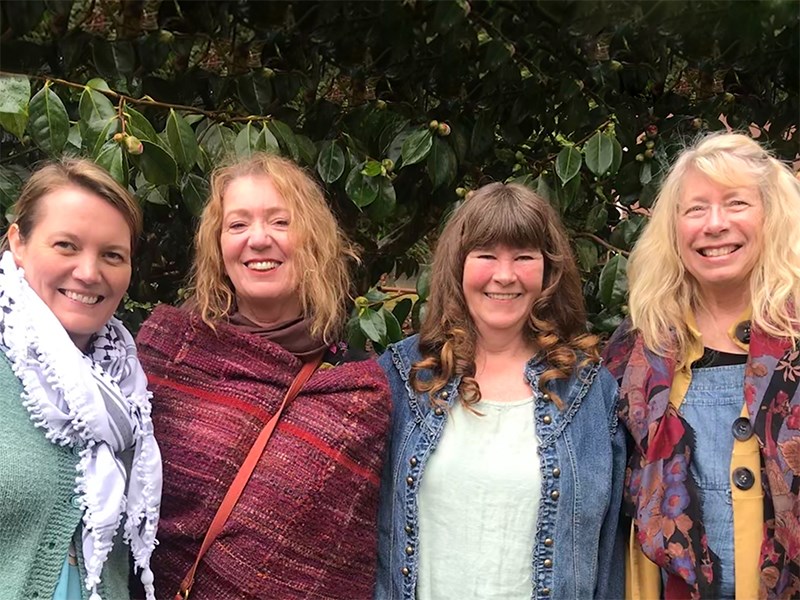Dwight Hall serves as host venue for the fourth annual eCouture Wearable Art Fashion Show on Saturday, April 21. The event was originally inspired by a documentary that organizers Shaunalee Yates, Fran Cudworth and Wendy Drummond saw in 2015.
“We were motivated by watching this film called The True Cost, which is basically about the fast fashion industry,” said Yates “It’s the second biggest polluter on the planet.”
Fast fashion refers to clothing designs that have been quickly and cheaply copied, often straight from fashion runways, and sold by big chain stores at affordable prices.
Access to less costly clothing may sound like a good thing, however, global impacts of this particular model of business, from conditions of the workers to environmental effects, are not sustainable, according to Yates.
“We’ve become a throwaway society and we need to take responsibility for our consumer habits,” she said.
The gala event will feature artists and designers who use naturally grown and dyed fibres as well as locally produced fibres and repurposed, upcycled fashions. It is a celebration of changing behaviours and highlights different ways of consuming and creating.
The eCouture group’s work engaging the community led to the opening of Fibre Space at Vancouver Island University’s local campus. People of all ages come to sew, knit, weave and learn from one another. For the last few months, many at the space have been working on creations for the upcoming show, said Drummond.
“This year we have six or seven children ages 9 to 12 who are designers we’ll be showcasing,” she said. “And then we have participants who are grandmas and grandpas.”
Along with celebrating local talent, the objective of the event is to raise consciousness, according to Yates.
“There’s a very big piece of it that is not just about showcasing local designers but asking ‘what’s the story behind where my clothing came from? Where is it going to go after I don’t want it anymore?’” said Yates.
A misconception, according to fellow organizer Caitlyn Bryant, is that donating castoffs helps mitigate problems created by fast fashion.
“I used to think when I was shopping at inexpensive stores, ‘it’s okay, because I’m offsetting my impact by donating to the thrift store,’” said Bryant. “But that’s not an offset at all. It’s actually just a whole other group of problems.”
According to a recent Let’s Talk Trash article in Peak Weekender, an informal survey of Powell River thrift stores estimated some 12,000 pounds of clothing and textiles were being exported from Powell River every month. This is due to many of the donations never finding a home and eventually being shipped to Value Village in Vancouver or directly to foreign nations in bulk bales.
Change takes time, but it is definitely possible, said Drummond.
“There’s a sign up at the Fibre Space: ‘Buy less, buy better and make it last,’” says Drummond. “That’s really the underlying thread of change.”



